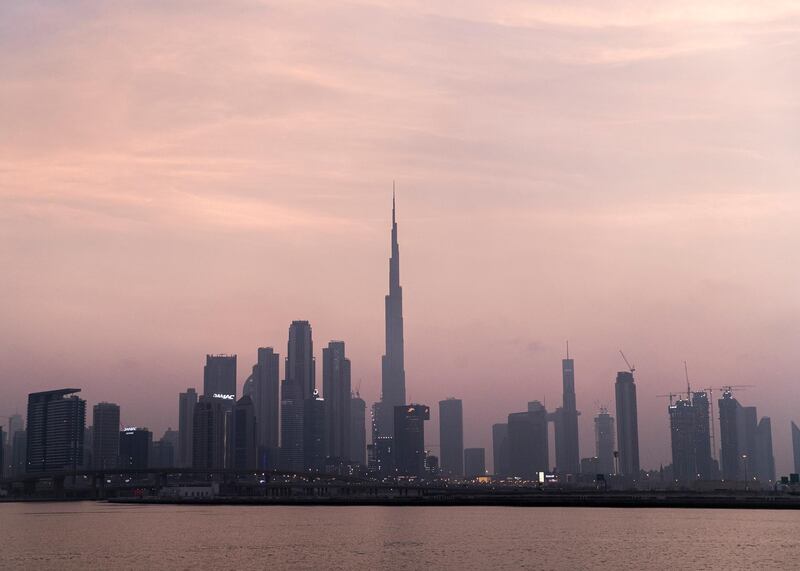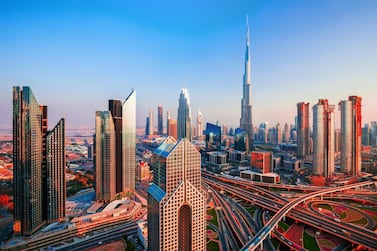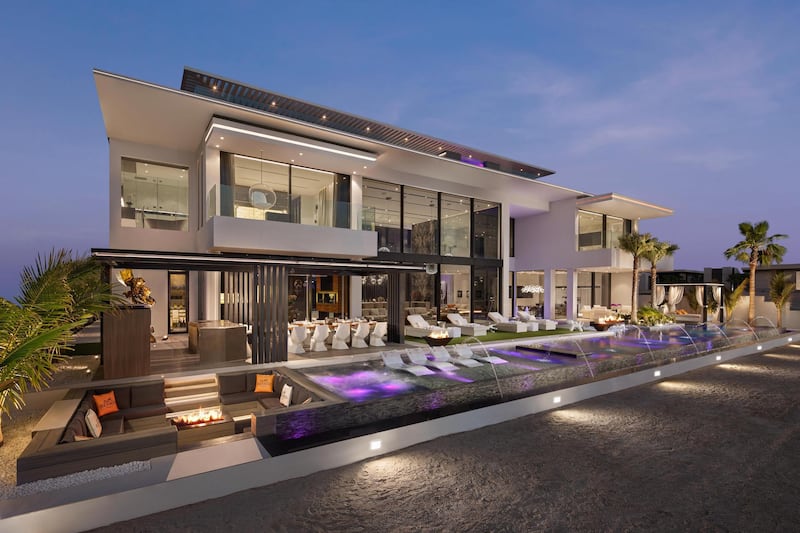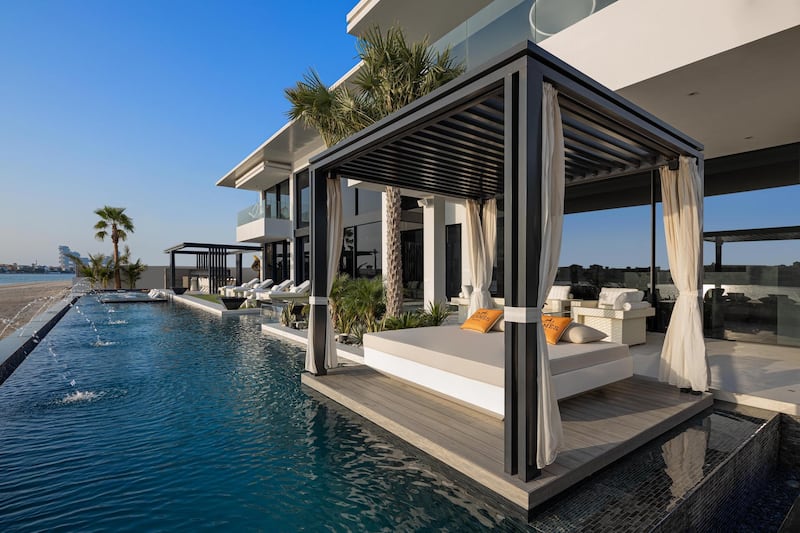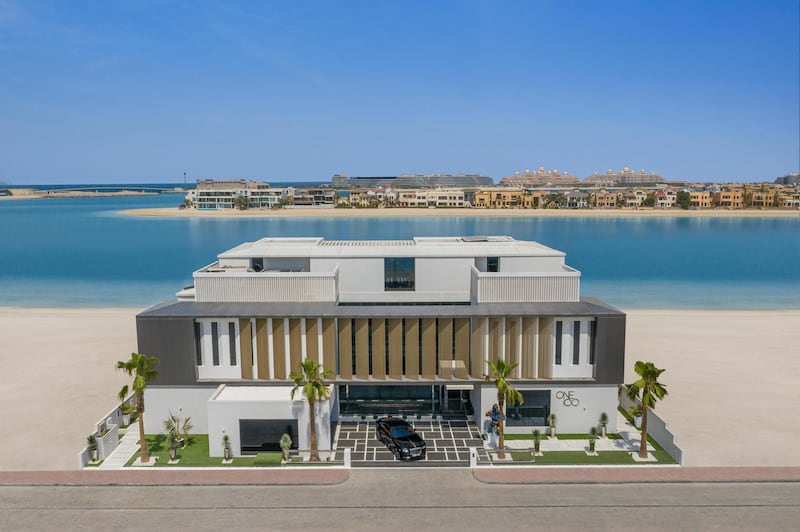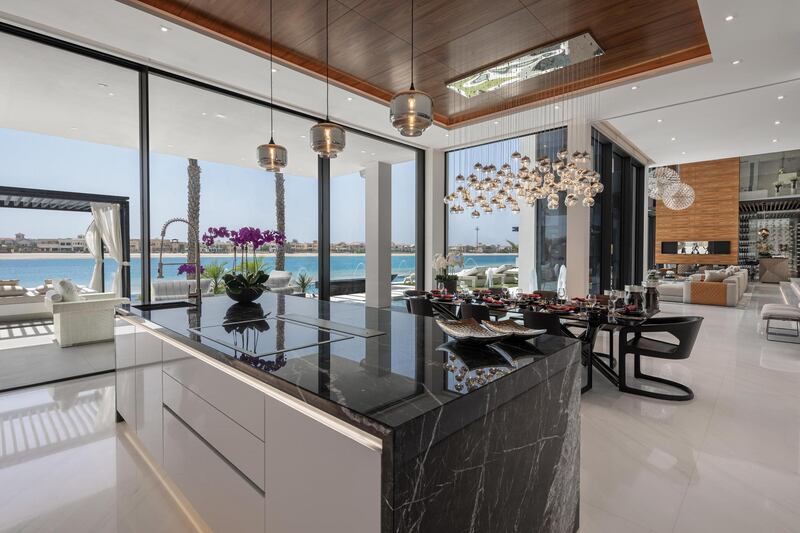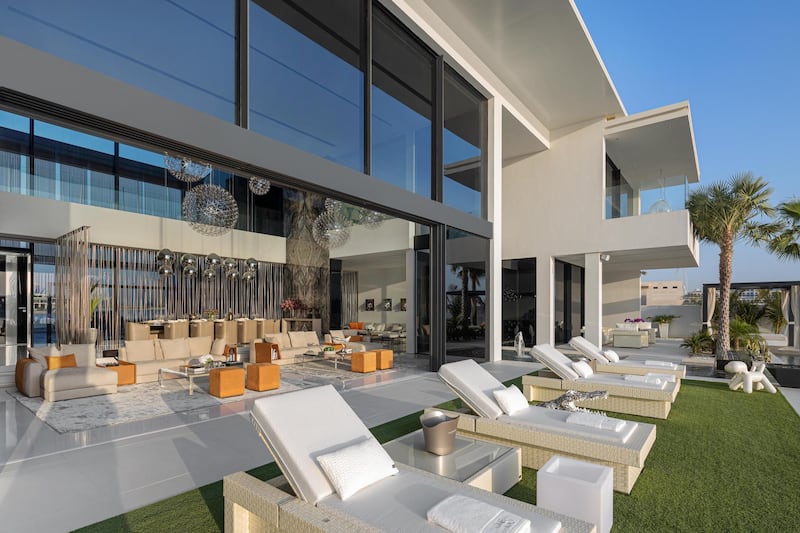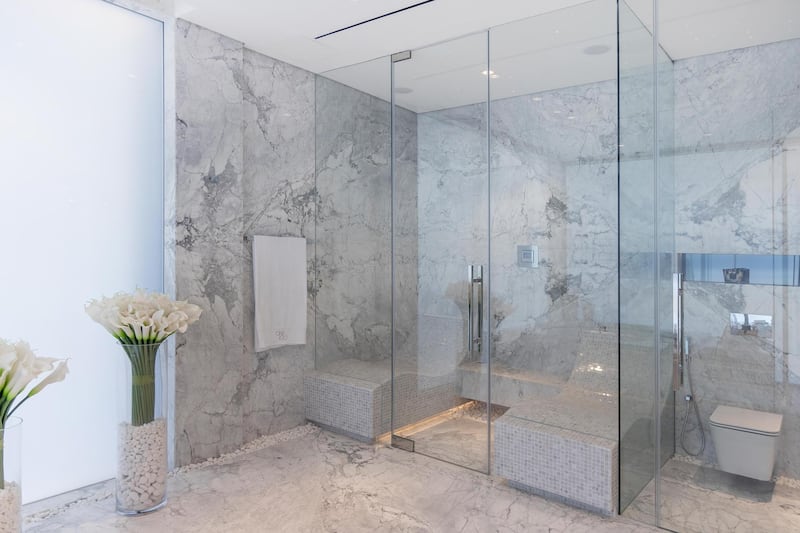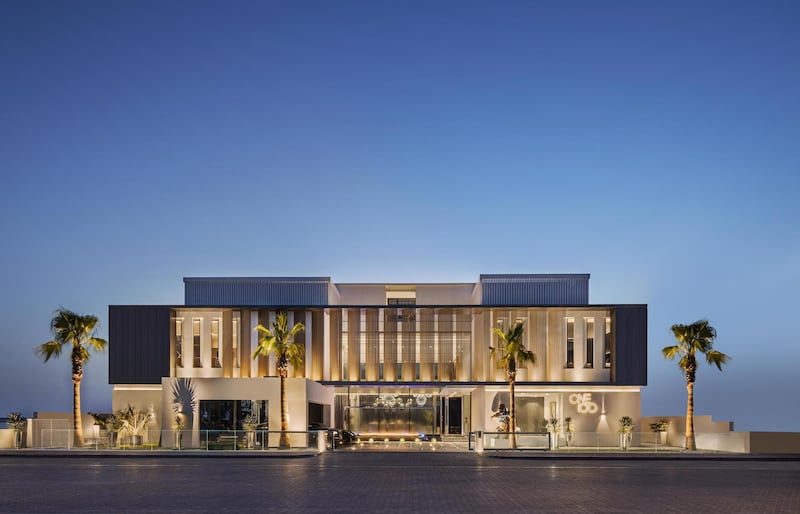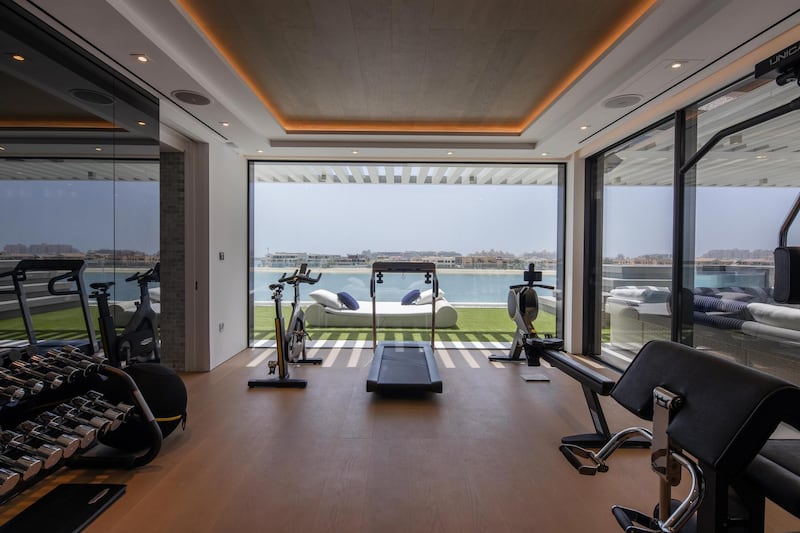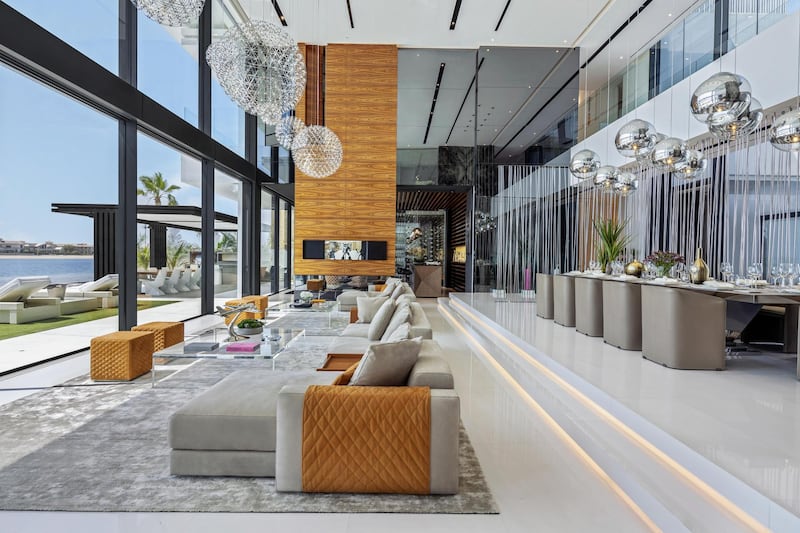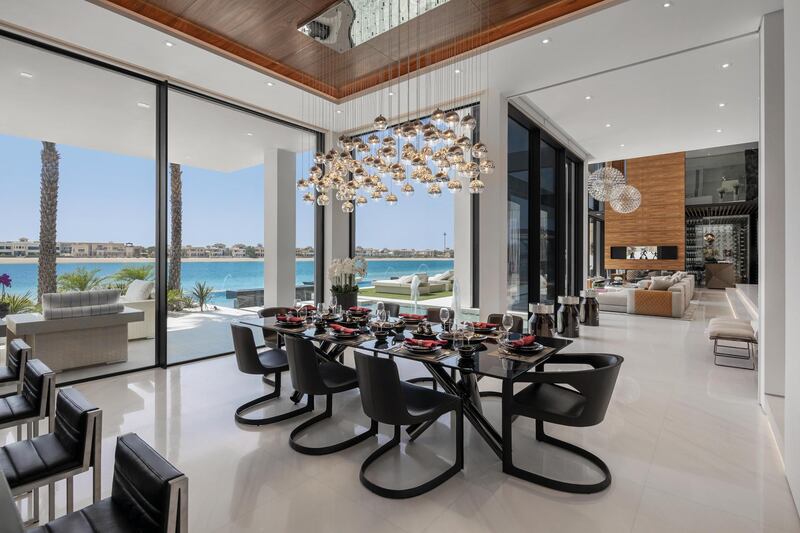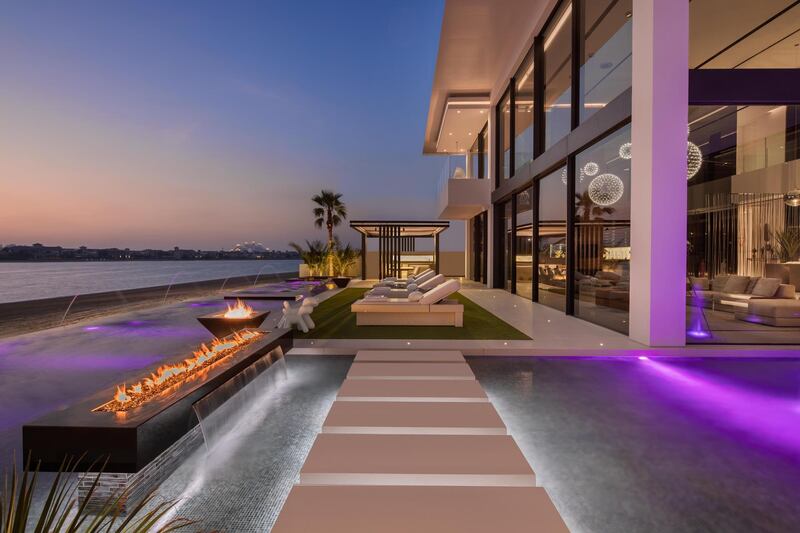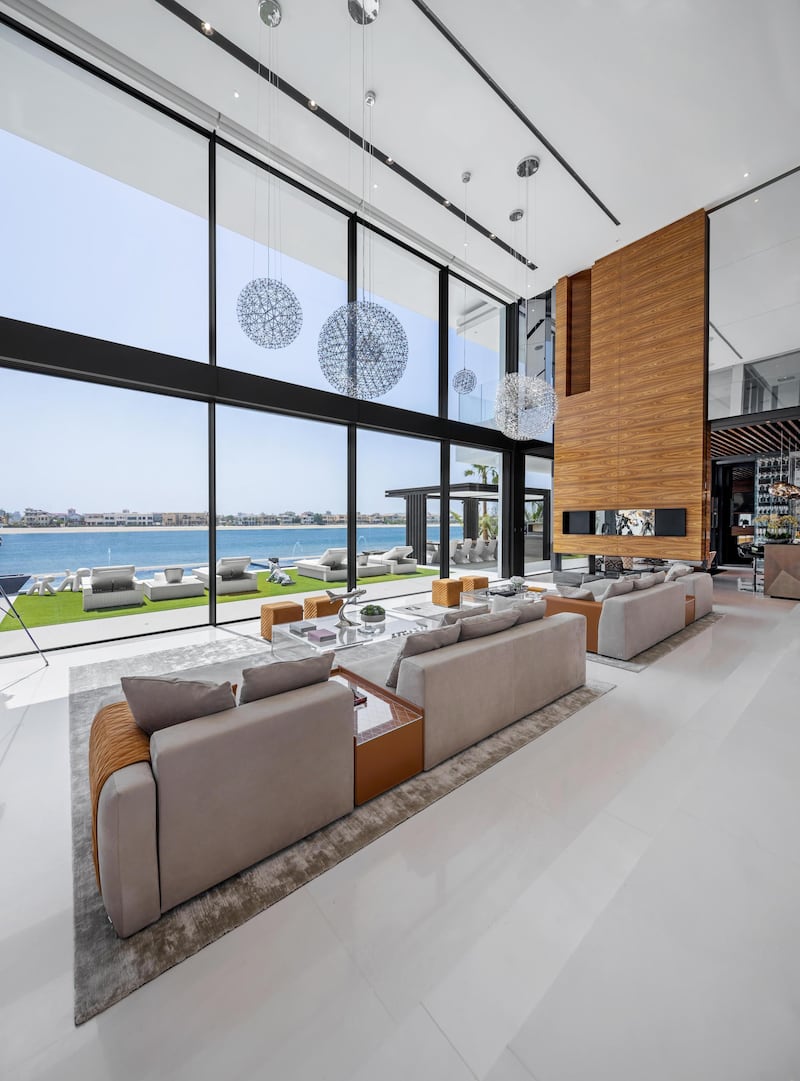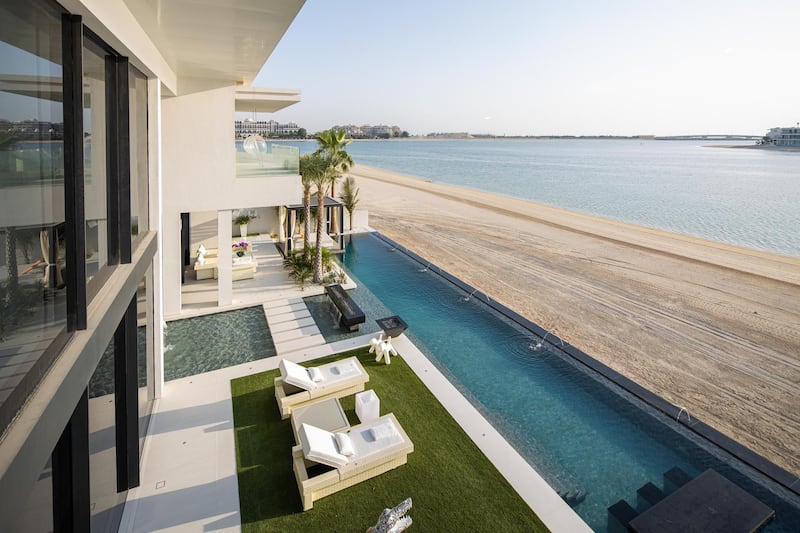Dubai's property market became more competitive globally, as prime residential property capital values declined 3 per cent in the first half of 2020, while Seoul recorded the biggest price rise in the same period, Savills said.
Global prime residential prices fell 0.5 per cent due to the immediate impact of the Covid-19 pandemic and subsequent shutdowns that disrupted real estate markets, Savills' latest Prime Residential World Cities Index report found.
“Global uncertainty was already weighing on prime residential markets in 2019, with modest falls of 0.3 per cent recorded in the last six months to December 2019," Sophie Chick, head of Savills' World Research department, said. "Combined, the annual average price movement turned negative for the first time since 2009, down 0.8 per cent for the year to June 2020.”
The Covid-19 pandemic has upended the global economy, dealing a blow to key sectors from aviation and tourism to shipping and real estate. Governments around the world rolled out massive economic stimulus packages to help companies and citizens survive the crisis.
In the Middle East, Dubai continued to record a drop in prime property prices and rents due to oversupply, similar to a few other global cities, Savills said.
However, with values averaging $560 (Dh2,056) per square foot, the city offers international investors relatively high yields for investment grade properties compared to global peers, according to Swapnil Pillai, Savills' associate director of Middle East research.
Dubai could see an improvement in real estate transactions in the prime sector of the market for the six months to the end of 2020.
"The recently relaxed loan-to-value norms and lower bank lending rates should support a recovery in activity in the second half of the year, while a limited pipeline of new project launches should result in a positive long-term outlook," Mr Pillai said.
Globally, Mumbai recorded the steepest decline in the global index of prime residential properties during the first half of 2020, with a 5.8 per cent drop.
In Asia-Pacific, Sydney, Hong Kong and Bangkok also witnessed declines as the impact of Covid-19 weighed on the market, Savills said.
_____________
Dh120m Palm Jumeirah mansion that comes with a Ferrari, Rolls Royce and two cinemas
_____________
Land-scarce Hong Kong, which was the world's most expensive city in overall prime property prices in 2019, dropped 4.2 per cent in the first half of 2020.
In the US, Los Angeles recorded the largest price fall in the first six months of the year, down 4.7 per cent.
"The city has been badly impacted by the pandemic and unemployment rose to 20.6 per cent in May, up from just 4.6 per cent in February," the report said. New York also fell 1 per cent, due to the coronavirus impact as well as oversupply in the prime market that has been driving values down over the past few years.
Only nine out of the 28 cities in the global index recorded growth in prime residential property values in the first six months of the year, buoyed by strong domestic demand and limited supply.
Seoul, Moscow and Berlin were the three cities with the biggest increase in prime property capital values, the report showed.
The South Korean capital recorded a 5.5. per cent average gain, continuing an upward market trend over the last few years. The Russian capital's market was buoyed mainly by domestic demand, while the coronavirus-induced drop in oil prices and the declining value of the rouble drove investment into the property market.
In Europe, the best performers were Berlin, Amsterdam and Paris with six-month price growth of 3.1 per cent, 3 per cent and 1.2 per cent, respectively. The three European capitals saw high demand and a supply shortage, which drove price growth even during the pandemic.
In China, pent-up demand and credit easing from the Chinese central bank drove values up in some Chinese cities such as Shenzhen, which recorded a marginal price rise of 2 per cent. Beijing saw a minimal price fall of 0.2 per cent.
Looking forward, Lisbon, Moscow, Amsterdam and Seoul are poised for the strongest growth in the second half of 2020, though much depends on how their economies perform, according to Savills.
"This is not a financial crisis as it was in 2008 and we’re not anticipating the falls in values that were seen during that period," Ms Chick said.
Over the next five years, Lisbon and Amsterdam are expected to stay in the top performers list, joined by Berlin, Paris, Miami and San Francisco, she said.
